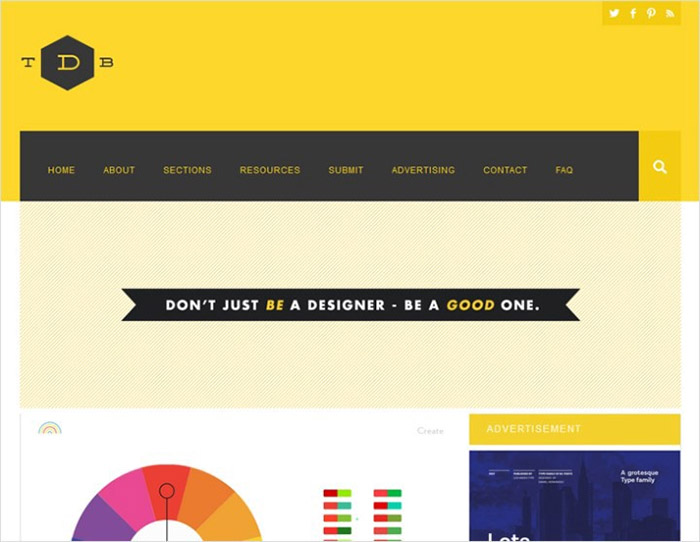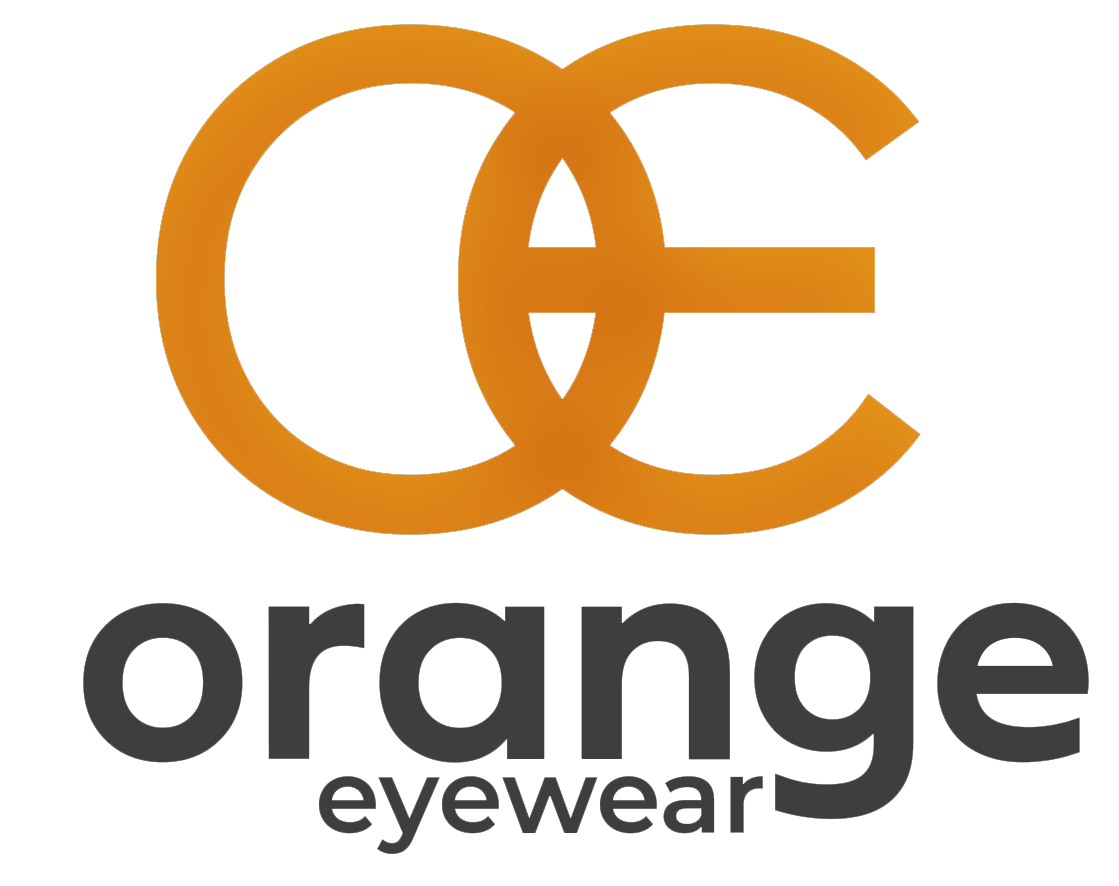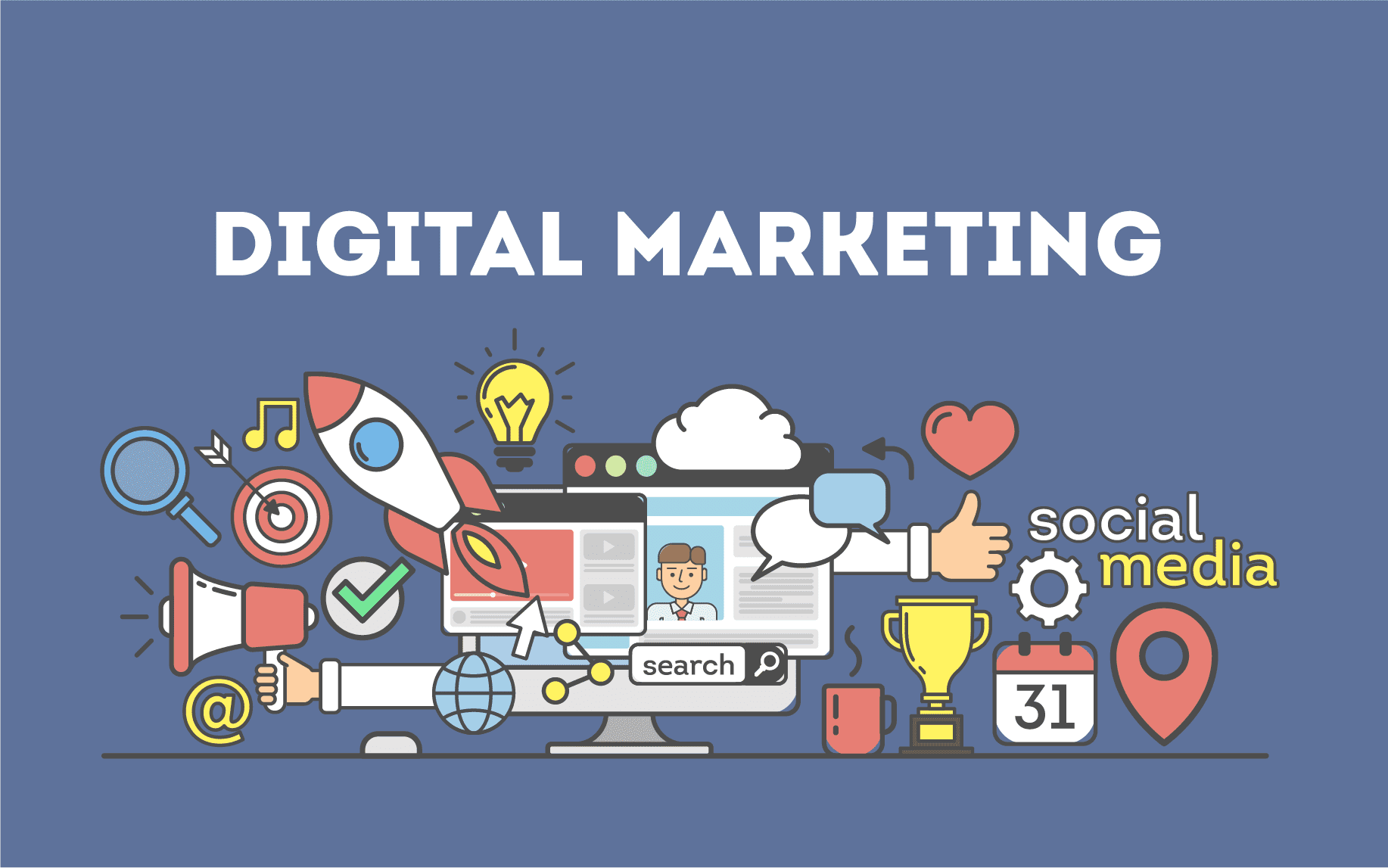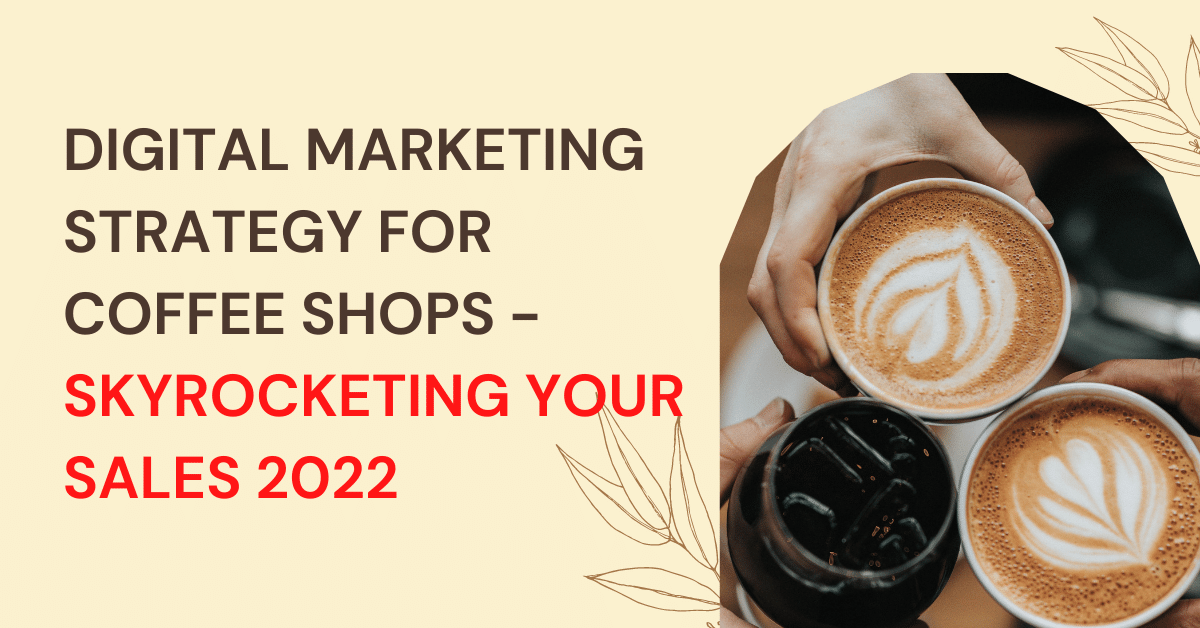
Getting traffic to your business website is merely the first part of the challenge. Online visitors need to then receive encouragement to stay on your website. According to Magicdust, who provide web design Sydney businesses trust to convert 'The more engaging the content and the more appealing the website design, the greater the likelihood you will convert visitors into customers'. Here are 6 steps you need to take on board to make your website design more conversion-friendly.
1. Include Video Content
Recent research estimates that by 2017, almost 70 percent of all internet traffic will be as a result of video content. Online videos give consumers efficient and engaging messaging. This sort of content meets their expectation for passive information, and at the same time delivers it in an entertaining way.
The majority of small business owners today have heard of 'viral videos'. Business owners also know this is a very effective means of brand marketing. The descriptor 'viral' denotes that digital content is immensely popular as it has rapidly spread across the internet and social media. Such videos are effective means of communicating and viewers can share this content with their friends and their family members. Although viral content can be hard to achieve, the focus is on value not budget. So if considering video content, make sure you post regularly and you're focused on providing value or entertainment for viewers. This value will often translate into increased in conversions for your business.
2. Have an Intuitive Navigation
One of the first things a visitor to a website looks for is links to guide them to information about the business, descriptions of products and services, and options for getting in contact. It is critical to design your website so that it is quick and easy to navigate. The most common locations for navigational cues are down one side and along the top of the page of a website. A navigation bar should be a global (consistent) presence across all pages of the website.
Intuitive information architecture (IA) or sitemap is a critical element of a well-designed website. In addition, your web designer should ensure key navigation drop-downs are well organised and comprehensive.
A key aspect to include is effectual and brief information regarding your business. Visitors to your website must be able to rapidly work out what the website and business are about. Include a brief paragraph, a company photo, and your company's mission statement. The company's identity and branding must be consistent, otherwise confused visitors will leave the website.
3. Have Good Blog Design

In current times, a blog cannot be considered an nice-to-have. Effective content marketing needs a blog that is well categorised and organised. This ensures information is easy to find and tempts visitors to look for more. Blog content also needs to be readable on mobile and tablet devices. It is critical to update the information on the blog regularly to hold the engagement of visitors and be seen as a current source of information.
4. Incorporate Social Media
A social media presence is a must-have for any online enterprise, as it amplifies the customer engagement and establishes credibility with new visitors. There are 2 effectual means to assimilate your social media channels into your business website.
Firstly, you can embed share widgets in your website, which encourages users to share interesting information from your business website across their own social networks. Secondly, featuring social media feeds prominently in your website design will allow you to instantly share updates with new visitors to your website and encourage them to 'follow you', so you can directly market to them long after they leave your website.
5. Feature Customer Feedback
Companies have known for a long time that distributing customer feedback is the strongest and most credible type of marketing. Ask happy customers to post on your website and social media profiles about their experiences dealing with your company. This is an effective and low-cost means of highlighting the value provided by your business. Make sure that you keep an eye on your business's online reputation via review or directory websites and by investing in social listening tools.
6. Add Strong Calls-to-Action
An enticing call-to-action should be added when making contact with customers on social media or via email. This gives them and direct instruction to take action on a specified task. The language that is used should be exciting but not too high-pressure and should advise the customer of the direct result of taking the specified action, Incentives can be added as a bonus.
Make sure you avoid ambiguous wording like 'click here' or 'read more', visitors have become desensitized to these commands and are likely to ignore this type of call to action. Using a generic call to action ultimately results in a lower conversion rate for your business.
The online world is forever evolving, and therefore your website must also constantly adapt. If you're interested in owning a website with a high conversion rate, you can no longer 'set and forget while the leads roll in. A successful website requires consistent monitoring and optimization. The tips in this article are critical for maintaining a successful website that converts website visitors into read hot leads for your business.
Share
Original Source: www.entrepreneur-resources.net















Post Your Comment
Comments